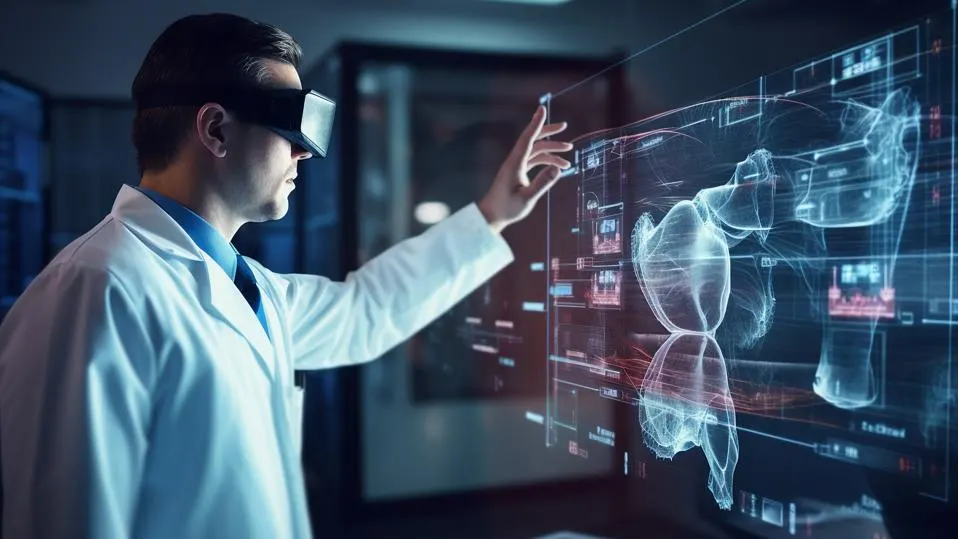
Advances in medical science continue to reshape healthcare, offering hope and improved outcomes for millions of people worldwide. In 2025, we witnessed remarkable progress in innovative treatments that are transforming lives and revolutionizing medicine. Below, we explore the top 10 breakthrough medical treatments of 2025, showcasing how science is pushing the boundaries of what’s possible.
1. CRISPR-Based Gene Therapy for Rare Diseases
One of the most groundbreaking treatments this year involves CRISPR-Cas9 gene-editing technology. In 2025, researchers have made significant strides in treating rare genetic disorders such as Huntington’s disease and sickle cell anemia. By targeting and repairing faulty genes directly, this therapy offers a curative solution for patients who previously had no viable options. New delivery methods, such as lipid nanoparticles, have enhanced safety and efficacy, making these treatments more accessible.
2. mRNA Vaccines Beyond Infectious Diseases
After revolutionizing vaccine development during the COVID-19 pandemic, mRNA technology has expanded its reach into treatments for cancer, autoimmune disorders, and cardiovascular diseases. In 2025, mRNA vaccines are being used to personalize cancer immunotherapy, enabling the immune system to specifically target tumors. Clinical trials have shown significant success in reducing tumor sizes and improving patient survival rates.
3. AI-Powered Diagnostics and Personalized Treatment Plans
Artificial intelligence has firmly established its role in precision medicine this year. AI algorithms are now capable of analyzing vast datasets, including genetic profiles, medical histories, and imaging results, to create personalized treatment plans. These advancements are particularly impactful in oncology, where AI helps identify the most effective drug combinations for individual patients, drastically improving outcomes.
4. CAR-T Cell Therapy 2.0 for Solid Tumors
While CAR-T cell therapy has been transformative for blood cancers, 2025 has seen the next generation of this technology effectively tackle solid tumors. By engineering T-cells with enhanced targeting capabilities, researchers have overcome challenges such as tumor microenvironment suppression. This treatment is now offering hope for patients with previously untreatable cancers like pancreatic and lung cancer.
5. Organoids for Drug Development and Transplantation
The use of miniature organoids grown from stem cells has reached new heights in 2025. These lab-grown organs mimic the structure and function of real human organs, making them invaluable for drug testing and reducing reliance on animal models. Moreover, advancements in bioengineering have enabled the transplantation of organoids for conditions such as liver failure, providing a potential bridge to full organ transplants.
6. Advanced Nanomedicine for Targeted Drug Delivery
Nanotechnology has revolutionized the delivery of treatments, allowing for precise targeting of diseased cells while sparing healthy tissues. In 2025, nanomedicine has been pivotal in improving therapies for diseases like cancer and neurodegenerative disorders. For instance, nanoparticles carrying chemotherapy drugs now release their payload directly within tumors, reducing side effects and enhancing efficacy.
7. Regenerative Medicine with Stem Cells
Stem cell therapy has reached new milestones in 2025, particularly in the field of regenerative medicine. Treatments for spinal cord injuries, Parkinson’s disease, and heart failure are now benefiting from stem cells’ ability to repair and regenerate damaged tissues. Breakthroughs in stem cell differentiation and immune compatibility have further expanded the scope of this technology.
8. Wearable Biosensors for Real-Time Monitoring
The integration of wearable technology with healthcare has advanced significantly. Biosensors embedded in smart devices now offer real-time monitoring of vital parameters such as glucose levels, heart rate variability, and blood pressure. In 2025, these devices are being used to predict and prevent medical emergencies, providing patients and physicians with actionable insights.
9. Microbiome-Based Therapies for Chronic Illnesses
The human microbiome has emerged as a vital player in health and disease. In 2025, microbiome-based therapies are addressing chronic conditions like inflammatory bowel disease (IBD) and obesity. Probiotic cocktails and microbiome transplants are being fine-tuned to restore balance in gut bacteria, resulting in significant symptom relief for patients.
10. Bioprinting for Organ and Tissue Replacement
One of the most futuristic advancements this year is the progress in bioprinting technology. Using 3D printers, scientists are now capable of creating complex tissues and organs that closely mimic human biology. In 2025, bioprinted skin grafts and cartilage implants are being successfully used in reconstructive surgeries, with the ultimate goal of printing fully functional organs like kidneys and hearts on the horizon.
The medical breakthroughs of 2025 reflect the incredible potential of modern science to transform healthcare. These innovations are not only improving patient outcomes but are also setting the stage for future advancements that will redefine how we prevent, diagnose, and treat diseases.
